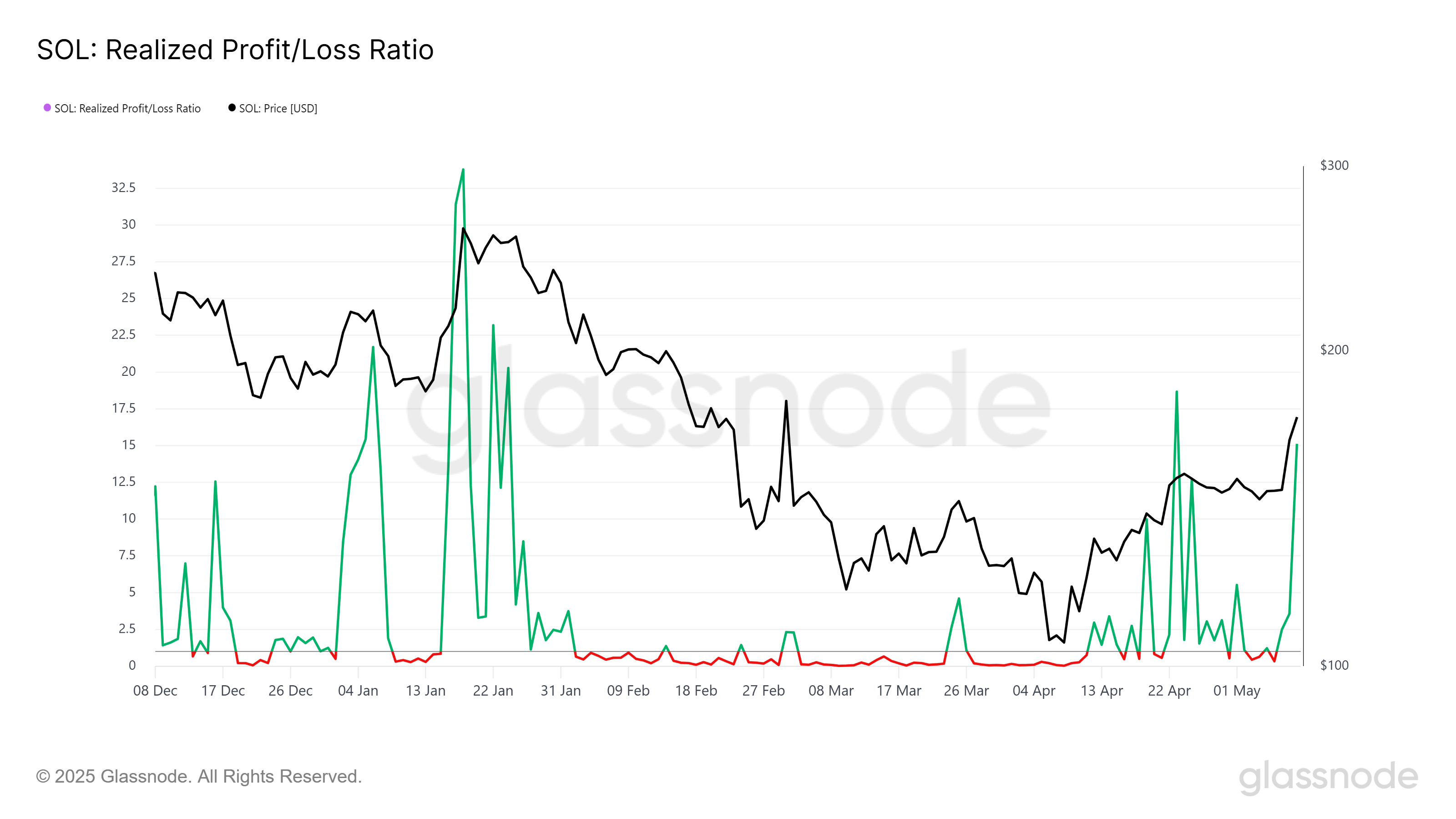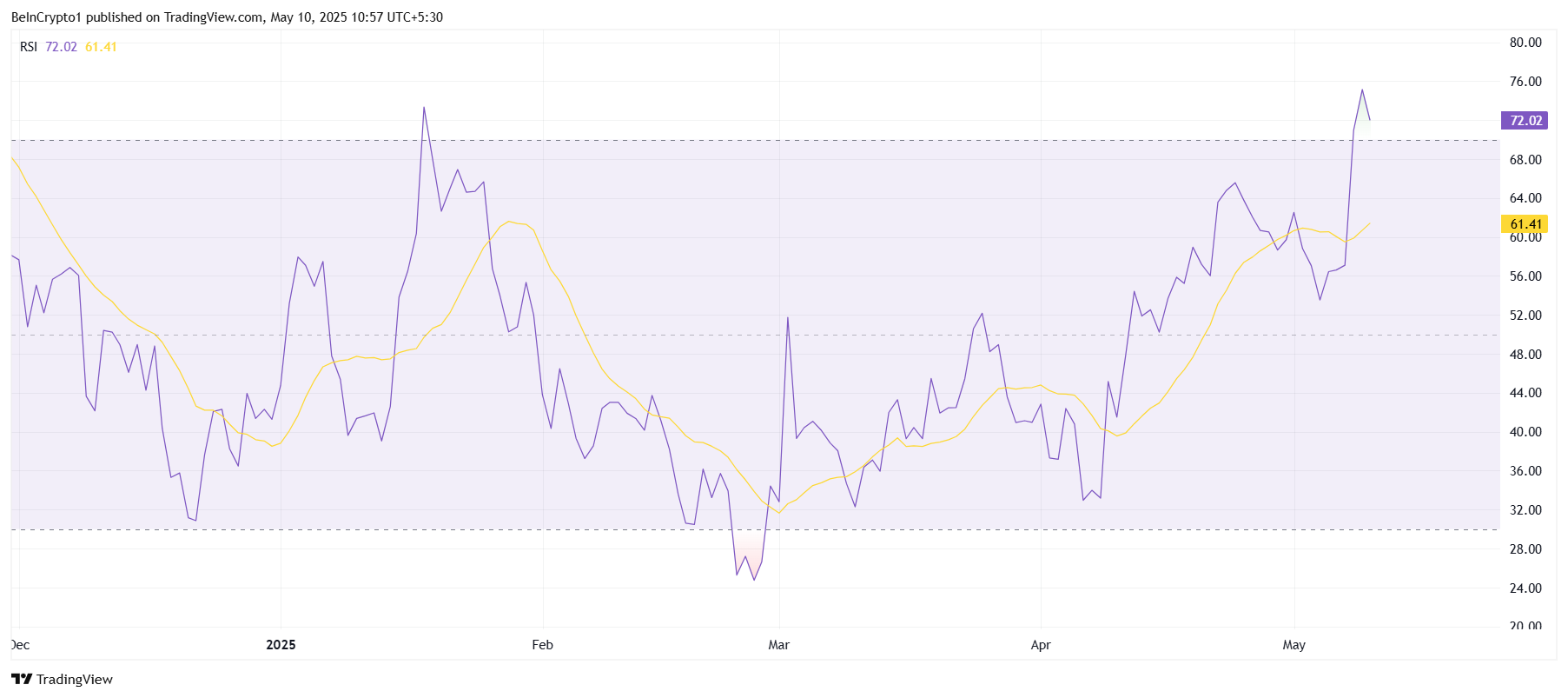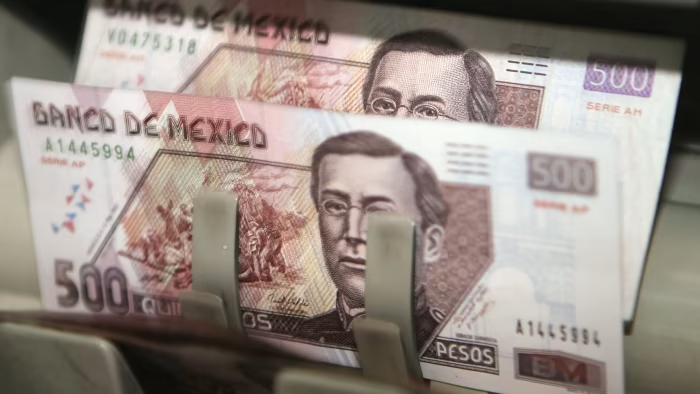Solana has seen impressive price gains recently, reaching a two-month high and coming close to breaching the $180 mark.
However, it faces a crucial resistance level that has kept the altcoin from pushing past $200. With market conditions and investor behavior at play, the journey to $200 may be challenging for Solana.
Solana Investors Move To Sell
Many Solana (SOL) holders are choosing to book profits, contributing to a rising Realized Profit/Loss ratio. This indicator has surged to 15.0, signaling that excessive selling could be a concern. Historically, when this ratio crosses the 10.0 threshold, it often leads to short-term price corrections.
This profit-taking behavior could also exacerbate market volatility, potentially delaying or halting Solana’s rally. The influx of sales could weigh on the price, even as Solana has managed to make significant gains over the past month.
As a result, SOL could be facing a reversal.

Solana’s technical indicators also suggest that its bullish momentum might be nearing saturation. The Relative Strength Index (RSI) currently sits above 70.0, placing Solana in the overbought zone.
This suggests that the altcoin’s rally could be reaching its peak, similar to what occurred in mid-January 2025, when Solana’s price saw a drop after hitting similar levels. The RSI, combined with investor behavior, signals that Solana’s price may be nearing a short-term decline.

SOL Price Faces An Old Enemy
Solana’s price has surged by 61% over the last month, trading at $170 at the time of writing. The altcoin is just under the resistance of $180, not too far from the long-awaited $200 mark.
If the current momentum continues, Solana could break past this resistance and rally towards the $200 milestone, sparking further interest and investment.
However, the factors discussed above may cause concern for Solana’s price. The combination of increased selling pressure and overbought technical indicators could lead to a reversal.
In this case, Solana’s price may fall to $161 or lower, with the $148 level potentially becoming the next key support. This would keep the 3-month barrier of $180 intact, delaying the long-awaited breakthrough.

On the other hand, if the SOL being sold is absorbed by new investors, and the price can hold its gains, Solana may push past the $180 resistance. This would open the path to $200, invalidating the bearish outlook and continuing its bullish trend. Such a move would require sustained market confidence and demand to overcome the current barriers.
The post Solana Price Hits 2-Month High, but Breaking the $200 Barrier is Challenging appeared first on BeInCrypto.




